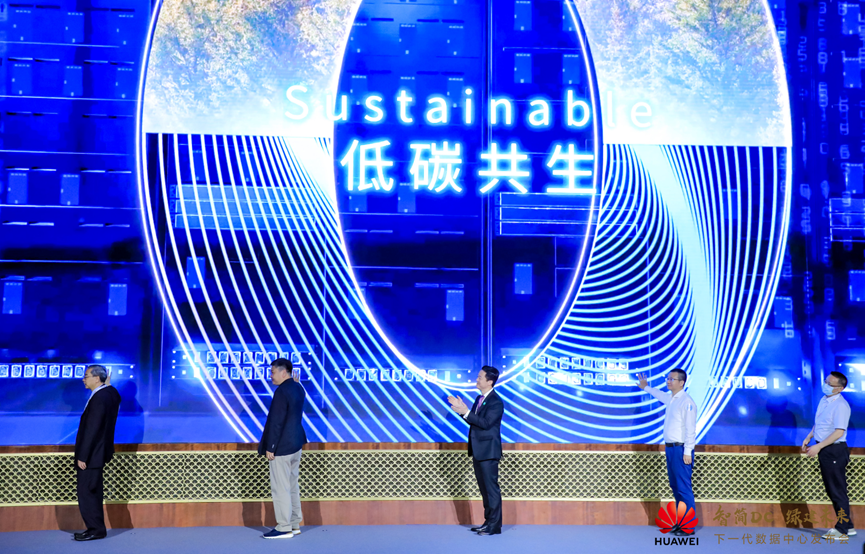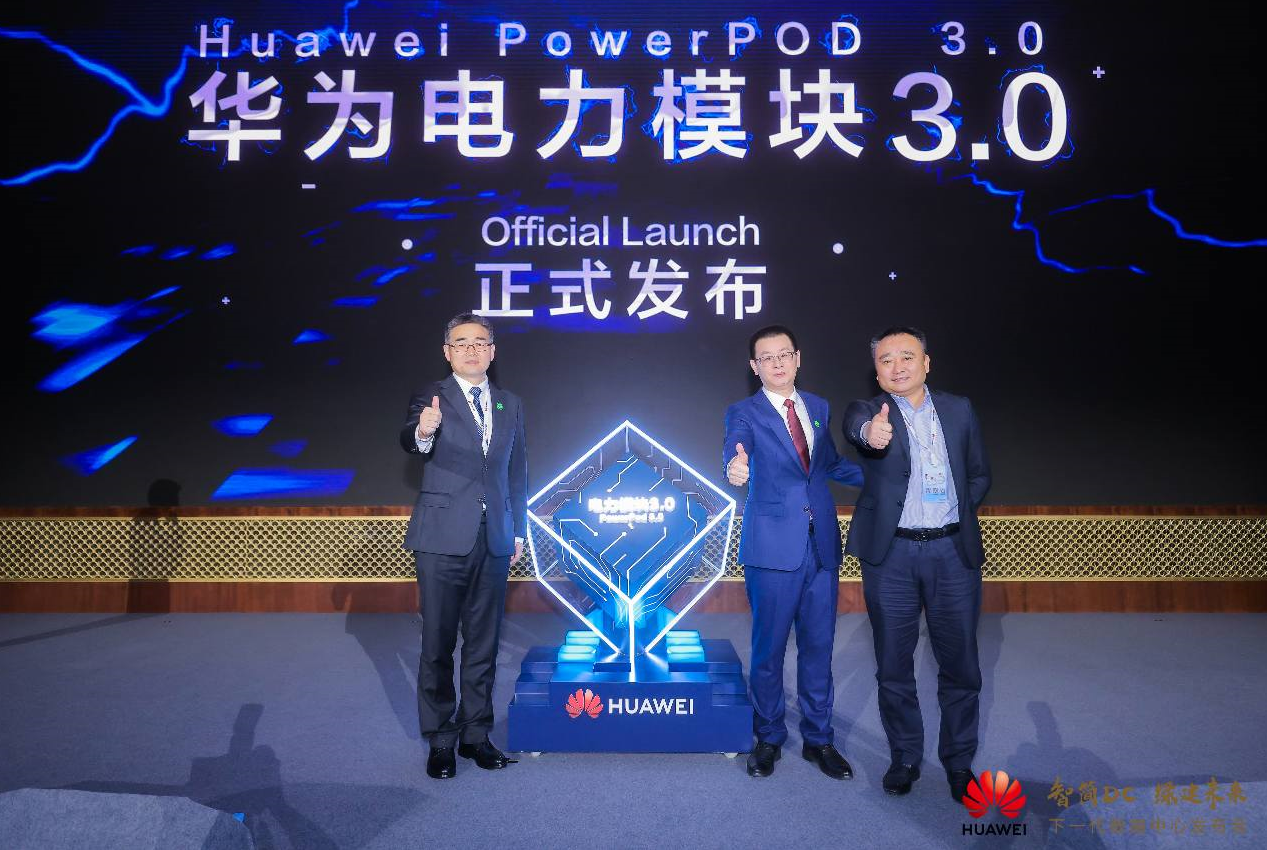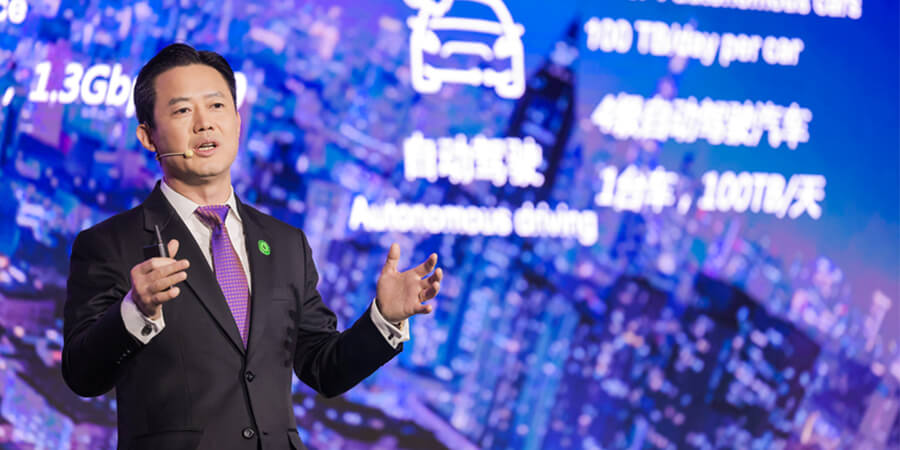Huawei revealed its next-generation data center facility, alongside the launch of PowerPOD 3.0, a brand-new power supply system. Based on the joint efforts between Huawei Data Center Facility Team and industry experts, these endeavors reaffirm Huawei’s commitment to building low-carbon, smart data centers.
Charles Yang, Senior Vice President of Huawei and CEO of Huawei Data Center Facility Team, has introduced the groundbreaking definition of the next-generation data center facility and highlighted its four main characteristics: sustainable, simplified, autonomous driving, and reliable.
Sustainable: Next-generation data center facilities will be eco-friendly and environmentally sustainable as it utilize green resources – electricity, land, and water – and maximize the recycling of used materials throughout the life cycle. In addition to the extensively-used Power Usage Effectiveness (PUE), other indicators, including Carbon Usage Effectiveness (CUE), Water Usage Effectiveness (WUE), and Grid Usage Effectiveness (GUE), will also be used to measure data center sustainability.
Simplified: Simplified architecture, power supply, and cooling embody data center facility evolution. Bringing innovative forms of buildings and equipment rooms, if the prefabricated modular construction mode is used to construct a 1,000-rack data center, the construction period can be reduced to 6–9 months. On the other hand, simplified power supply reshapes components and links, shortening the delivery period from 2 months to 2 weeks while simplified cooling maximizes heat exchange efficiency by changing multi- to single- heat exchange.
Autonomous Driving: Reshaping the management of data centers’ operation and maintenance, O&M automation enables engineers to complete the inspection of 2,000 racks in 5 minutes remotely. For energy efficiency optimization, an optimal cooling strategy can be delivered via 1.4 million original combinations within 1 minute, achieving smart cooling.
Reliable: Ensuring high quality and sustainable data center development, proactive security includes using big data and AI technologies in implementing predictive maintenance. With automatic fault response, it will take only 1 minute to spot a fault, 3 minutes to analyze, and 5 minutes to recover. In parallel, security will be ensured at various levels as the end-to-end visualizable, manageable, and controllable platform enables the system availability to reach 99.99%.

Accordingly, Fei Zhenfu, CTO of Huawei Data Center Facility Team, explained the essence of Huawei’s new-generation power supply system, known as PowerPOD 3.0. The system reduces the footprint by 40%, cuts the energy consumption by 70%, shortens the delivery period from 2 months to 2 weeks, and lowers the SLA fault rate by 38%.

Telecom Review attended the exclusive media roundtable following the launch event. Here, Yang has mentioned that technology innovation and customer needs are the key factors that has driven Huawei’s impressive data center footprint in the UAE. He cited the largest solar-powered data center in the Middle East and Africa (MEA) region as a testament to this. Due to the abundant solar energy present in this location, a lot of local requests has resulted to Huawei utilizing AI-based cooling technology, achieving a PuE of 1.3 during the scorching summer heat that can reach up to 70°C.
Huawei reportedly holds over 70% of the market share of data center facility in the Middle East, and the company combines digital and power electronics technology to provide low carbon solutions that are secure, simplified, and green.
Huawei industry leaders have further emphasized that the rapid development in the data center industry will continue to result in a higher density trend. Through a reliable architecture built with a modular design, the company is suitable to respond to this domain, coupled with green and climate resources as well as AI and computing power.











